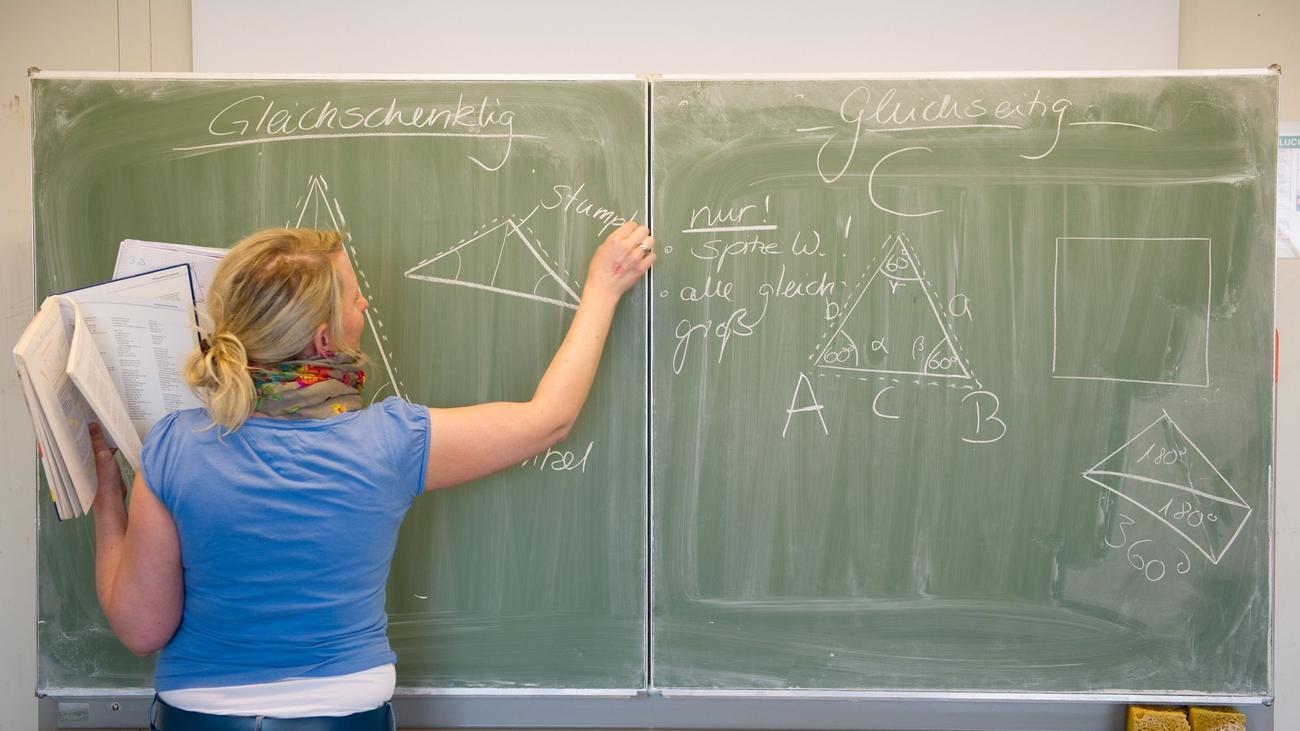
Thuringia Faces Growing Difficulty in Hiring Teachers, Relying on Lateral Entrants
Introduction
The Thuringian Minister of Education, Christian Tischner (CDU), has raised concerns about the increasing difficulty in filling teaching positions within the state’s education system. According to data released by the Ministry of Education, the number of teachers hired in the first half of the 2024/2025 school year declined to 590, compared to 653 in the same period of the previous school year.
Analysis
"The hiring figures demonstrate the challenging recruitment situation that Thuringia has faced recently and continues to face," Tischner said. "Filling these positions is becoming increasingly difficult. The market for skilled workers has been exhausted."
Statistics and Trends
As of February 12, 2025, approximately 670 teaching positions remained vacant in the state’s job portal. This number can fluctuate daily. To address the shortage, Thuringia has followed the lead of other federal states and has made increasing use of lateral entrants. In the first half of the school year, 148 lateral entrants were hired, accounting for 25.1% of all new hires. This means that one in every four teachers hired during that period came from outside the traditional education system.
Government Initiatives
In an attempt to combat the teacher shortage, the Brombeer-led state government has introduced a package of measures as part of its 100-day program. Tischner intends to strengthen the connection between prospective teachers and the state by providing more dual-track study opportunities.
The dual-track teacher training program at the University of Erfurt has proven popular. Under this model, aspiring teachers earn a salary throughout their training period: 1,400 euros per month during their Bachelor’s and 1,650 euros per month during their Master’s. However, they are contractually obligated to work in the state for the duration of their studies and for five years thereafter.
Tischner has announced plans to expand the number of dual-track study places from the current 50. "With this exclusive study program, we are increasing Thuringia’s attractiveness as an employer for prospective teachers, not only within the state but also beyond its borders." He is also engaging in discussions with teacher training universities regarding study capacities and admission restrictions.
Conclusion
The shortage of teachers in Thuringia is a complex issue that requires a multifaceted approach. By hiring more lateral entrants, expanding dual-track study opportunities, and addressing capacity limitations in teacher training programs, the state government is taking steps to alleviate the problem. However, the long-term solution will likely require broader societal changes to make teaching a more attractive career path.
